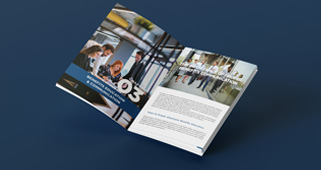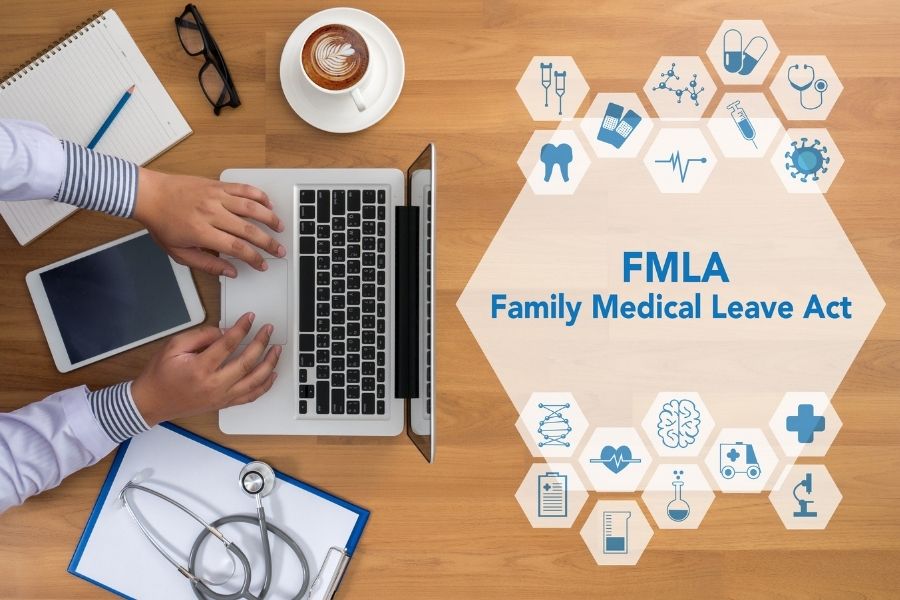Navigating the intricacies of employment benefits can be a daunting task for both employees and employers. Among the most critical benefits that impact work-life balance are Paid Time Off (PTO) and Family Leave. Both serve essential roles in supporting employees’ health and well-being, yet they differ significantly in purpose, eligibility, and application. This comprehensive blog aims to delineate the differences between Paid Time Off and Family Leave, providing clarity on their definitions, legal implications, and practical uses.
Defining Paid Time Off (PTO)
What is Paid Time Off?
Paid Time Off (PTO) is a policy that allows employees to take paid leave for various reasons without distinguishing between the types of leave. This flexibility can cover vacation, personal days, or sick leave. PTO is typically accrued over time, often based on the length of service or hours worked.
How PTO Works
PTO policies vary widely among employers. Some companies offer a set number of days annually, while others allow employees to accumulate hours. The common thread is that PTO can be used at the employee’s discretion, subject to approval from their supervisor.
Example:
If an employee accrues 15 days of PTO per year, they might use some of that time for a vacation, a day off for personal matters, or when they fall ill.
Benefits of PTO
- Flexibility: Employees can use their time off as they see fit, providing greater control over their work-life balance.
- Simplified Administration: Employers benefit from streamlined leave management, as all time off falls under a single category.
- Enhanced Employee Morale: Offering PTO can boost employee satisfaction and retention by demonstrating trust and respect for their time.
Challenges of PTO
- Accrual Issues: Employees might accumulate large amounts of unused PTO, leading to financial liabilities for the company.
- Potential for Abuse: Without specific categories, some employees might misuse PTO, impacting productivity.
Understanding Family Leave
What is Family Leave?
Family Leave refers to time off granted to employees to care for family members, including new children, sick relatives, or aging parents. This type of leave is often protected under various laws, ensuring job security during the leave period.
Key Types of Family Leave
- Maternity and Paternity Leave: Time off for new parents to care for their newborn or newly adopted child.
- Parental Leave: Broader than maternity/paternity leave, it includes time for both parents to bond with their new child.
- Medical Leave: Leave taken to care for a family member with a serious health condition.
- Family and Medical Leave Act (FMLA): In the United States, the FMLA provides up to 12 weeks of unpaid, job-protected leave per year for certain family and medical reasons.
Benefits of Family Leave
- Support for Families: Ensures employees can care for their loved ones without the fear of losing their job.
- Employee Well-being: Reduces stress and enhances overall well-being by allowing employees to address critical family needs.
- Retention: Employees are more likely to return to their jobs post-leave, retaining valuable talent within the company.
Challenges of Family Leave
- Operational Disruptions: Extended absences can impact productivity and require temporary staffing solutions.
- Cost: Offering paid family leave can be expensive for employers, especially small businesses.
- Complex Administration: Managing compliance with various laws and regulations can be challenging.
Legal Implications
Paid Time Off (PTO)
The legal framework for PTO is less stringent compared to Family Leave. In the United States, there are no federal laws mandating PTO, leaving it to the discretion of employers. However, some states and municipalities have enacted laws requiring employers to provide paid sick leave, which can intersect with PTO policies.
Family Leave
Family Leave is subject to more rigorous legal standards, particularly under laws like the FMLA in the United States. The FMLA mandates that eligible employees can take unpaid, job-protected leave for specified family and medical reasons. Additionally, some states have enacted their own family leave laws, which may offer more generous benefits than federal standards.
Key Provisions of the FMLA:
- Eligibility: Employees must have worked for their employer for at least 12 months and logged at least 1,250 hours over the past year.
- Coverage: Applies to private-sector employers with 50 or more employees, public agencies, and public/private elementary and secondary schools.
- Leave Duration: Up to 12 weeks of unpaid leave within a 12-month period for qualifying reasons.
International Perspectives
Other countries often have more comprehensive family leave policies compared to the United States. For instance, many European nations offer generous paid parental leave, reflecting a broader societal commitment to supporting families.
Examples:
- Sweden: Offers up to 480 days of paid parental leave, which can be shared between both parents.
- Canada: Provides up to 18 months of combined maternity and parental leave, with varying levels of financial support.
Practical Applications
When to Use PTO
PTO is best utilized for personal time, vacations, or short-term illnesses. Employees should plan their PTO in advance whenever possible, allowing employers to manage workloads effectively.
Example Scenario:
An employee planning a two-week vacation would use PTO to cover the time off. They would typically request the time off well in advance and ensure their responsibilities are managed during their absence.
When to Use Family Leave
Family Leave should be used for significant family events or emergencies, such as the birth of a child, adoption, or caring for a seriously ill family member. Employees should inform their employers as soon as possible to facilitate planning and compliance with legal requirements.
Example Scenario:
An employee whose spouse is undergoing major surgery might take Family Leave to provide care and support during recovery. This type of leave would be protected under the FMLA, ensuring the employee can return to their job post-leave.
Employer Considerations
Developing a PTO Policy
When creating a PTO policy, employers should consider the following:
- Accrual Rates: Define how PTO is earned and accumulated.
- Usage Rules: Set guidelines for requesting and approving PTO.
- Carryover and Cap Limits: Determine whether unused PTO can be carried over to the next year and if there are caps on accumulation.
- Payouts: Decide if unused PTO will be paid out upon termination.
Developing a Family Leave Policy
Family Leave policies must comply with relevant laws while reflecting the company’s values. Key considerations include:
- Eligibility Criteria: Clearly define who qualifies for family leave.
- Leave Duration: Specify the length of leave available for different family-related events.
- Pay Structure: Determine whether family leave will be paid, partially paid, or unpaid.
- Reintegration Plans: Develop strategies for reintegrating employees post-leave, including flexible work options or phased returns.
Balancing PTO and Family Leave
Employers often face challenges in balancing PTO and Family Leave, especially in terms of financial and operational impacts. To address these challenges, consider:
- Cross-Training: Ensure multiple employees are trained to handle essential tasks, reducing the impact of an employee’s absence.
- Temporary Staffing: Utilize temporary workers or freelancers to fill gaps during extended leaves.
- Clear Communication: Maintain open lines of communication with employees about their leave options and the process for requesting time off.
- Employee Assistance Programs (EAPs): Offer support services that can help employees manage personal and family issues, reducing the need for extended leaves.
Conclusion
Paid Time Off (PTO) and Family Leave are both crucial components of comprehensive employee benefits packages, yet they serve distinct purposes and come with unique challenges and benefits. Understanding these differences helps both employees and employers navigate their respective rights and responsibilities.
PTO offers flexibility and simplicity, allowing employees to take paid leave for various personal reasons. In contrast, Family Leave is designed to support employees during significant family events, often with legal protections ensuring job security.
Employers must carefully design and implement policies for both PTO and Family Leave, balancing the needs of the business with the well-being of their employees. By doing so, they can foster a supportive work environment that enhances employee satisfaction, retention, and productivity.
In an increasingly competitive job market, offering robust PTO and Family Leave benefits can also be a significant differentiator, attracting top talent and demonstrating a commitment to work-life balance and employee welfare. Whether through legally mandated frameworks like the FMLA or company-specific policies, understanding and effectively managing PTO and Family Leave is essential for the success of any modern organization.






